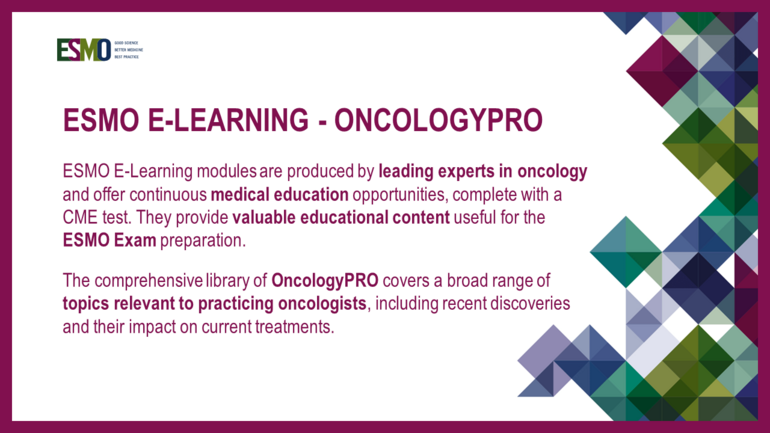Marginal zone lymphoma (MZL) is a group of indolent non-Hodgkin, B-cell lymphomas. In this module, the author tackles basic considerations with a distinction between nodal and extranodal lymphomas and describes MZL related entities, clinical presentation, diagnosis, genetics, treatment strategies, and outcomes.
Extranodal marginal zone B-cell lymphoma of the mucosa-associated lymphoid tissue (MALT lymphoma) comprises 7-8% of NHL cases, splenic 0.6-2%, and nodal MZL 1%. The author describes the characteristics of extranodal marginal zone B-cell lymphoma of MALT, clinical presentation of nodal MZL versus MALT, and, by describing the genetics of nodal and splenic MZL, elaborates treatment approaches for splenic MZL.
The next chapter covers the distribution of MALT lymphomas, the distinct mutation profiles in MALT lymphoma of various sites, clinical distribution, clinical outcomes according to MALT-IPI risk groups, bone marrow involvement, and risk of transformation.
Furthermore, the author elaborates infections and MZL, Helicobacter pylori eradication therapy and its efficacy, treatment recommendations, assessment of response, MZL and autoimmune diseases, Helicobacter pylori-negative gastric MALT lymphoma, involvement of non-Helicobacter pylori Helicobacter infections, treatment recommendations beyond antibiotics, and long-term outcomes.
Moreover, the module gives an overview on radiotherapy for follicular and MZL, systemic treatment, radioimmunotherapy monoclonal antibodies, anti-CD20 treatment in MALT lymphoma and selected chemotherapy studies: upfront chemotherapy-based treatment of MALT lymphoma, chemotherapy-free approaches, and time to best response, delayed efficacy, study results with Bruton’s tyrosine kinase inhibitor, as well as results of chemotherapy versus immunotherapy.
The final part of the module provides a summary of the treatment recommendations for MALT lymphoma. Helicobacter pylori eradication is standard for gastric MALT lymphoma. Ocular adnexal MALT lymphoma may also be treated with antibiotics upfront. Both radiotherapy and systemic therapy may be applied in localised disease. The optimal systemic standard remains to be defined: chemotherapy (plus antibody) for quick remissions, and immunotherapy in patients with indolent disease.


